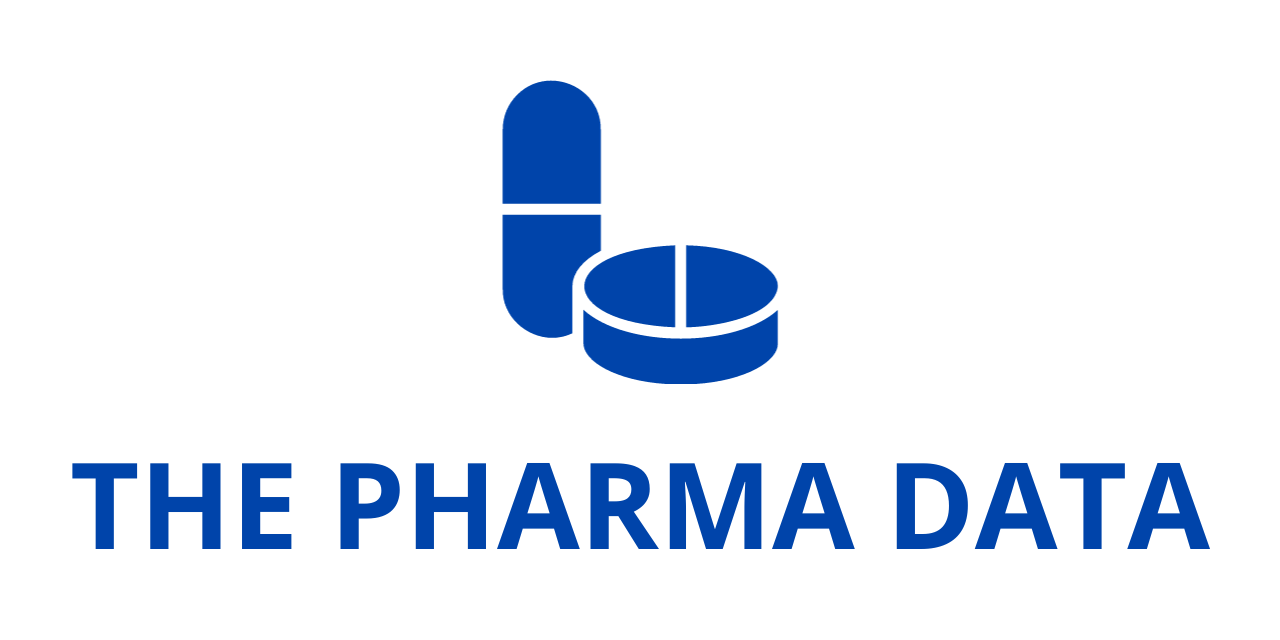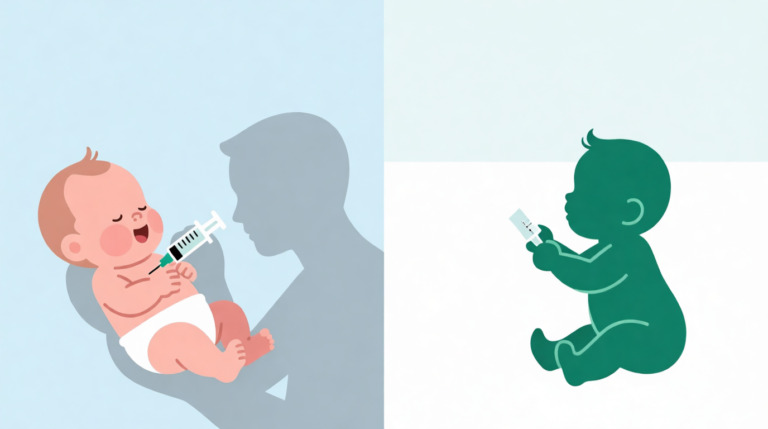
FDA Approves Dupixent as the First and Only Targeted Therapy for Adults with Bullous Pemphigoid
In a groundbreaking development for patients suffering from a rare and debilitating autoimmune skin disease, the U.S. Food and Drug Administration (FDA) has approved Dupixent (dupilumab) for the treatment of adult patients with bullous pemphigoid (BP). This approval marks the first and only targeted therapy available for this condition and brings renewed hope to thousands of patients—primarily elderly—who previously faced limited and often risky treatment options.
A Chronic Autoimmune Skin Disorder with High Burden
Bullous pemphigoid is a chronic autoimmune blistering skin disease that predominantly affects older adults, typically those over the age of 60. Characterized by intensely itchy skin, painful fluid-filled blisters, lesions, and extensive redness, BP is not just cosmetically disfiguring—it significantly disrupts daily life, reduces mobility, and increases susceptibility to infection due to skin breakdown.
The condition arises from an immune system attack against structural proteins that anchor the outer layer of the skin (epidermis) to the underlying dermis. This results in separation of skin layers and subsequent blister formation. A hallmark of the disease is its type 2 inflammatory profile, which contributes to its chronicity and relapsing nature.
For many years, systemic corticosteroids have been the mainstay of BP treatment. While effective at suppressing inflammation, long-term corticosteroid use comes with a host of well-documented side effects—particularly concerning in the elderly—such as osteoporosis, diabetes, hypertension, infections, and adrenal suppression. This has underscored the urgent need for non-immunosuppressive, targeted therapies with more favorable safety profiles.
A Critical Milestone for Patients and Caregivers
The approval of Dupixent marks a pivotal shift in the treatment landscape for BP. Developed by Sanofi and Regeneron, Dupixent is a fully human monoclonal antibody that inhibits the signaling of interleukin-4 (IL-4) and interleukin-13 (IL-13)—two key cytokines involved in type 2 inflammation. Dupixent has already been approved for several other diseases driven by type 2 inflammation, including atopic dermatitis, asthma, chronic rhinosinusitis with nasal polyposis, eosinophilic esophagitis, and prurigo nodularis.
Speaking about the significance of this new approval, Patrick Dunn, Executive Director of the International Pemphigus and Pemphigoid Foundation, said:
“People affected by bullous pemphigoid endure unrelenting itch and painful blisters that can damage the skin. Until now, these primarily elderly patients have had limited therapeutic options available, with potential side effects that have often added to their burden. The approval of Dupixent for bullous pemphigoid brings a novel treatment approach to patients and their caregivers, and we are grateful for the tireless efforts of the scientific community who helped us reach this critical milestone.”
Robust Clinical Data from ADEPT Trial
The FDA’s decision to approve Dupixent for BP was based on the results of the ADEPT Phase 2/3 clinical trial, which was designed to evaluate the efficacy and safety of Dupixent in adults with moderate-to-severe bullous pemphigoid.
The study randomized 106 patients to receive either Dupixent (300 mg weekly) or placebo, both added to standard-of-care oral corticosteroids (OCS). The trial included a corticosteroid tapering protocol to assess whether Dupixent could help sustain disease control with reduced steroid exposure.
Key findings at 36 weeks, which supported the FDA’s label approval, included:
- Sustained disease remission was achieved in 18.3% of patients receiving Dupixent compared to 6.1% receiving placebo.
- Clinically meaningful reduction in itch was seen in 38.3% of Dupixent patients versus 10.5% of those on placebo.
- Median cumulative OCS dose was reduced to 2.8 grams in the Dupixent group compared to 4.1 grams in the placebo group.
These outcomes are clinically significant, as they suggest that Dupixent can both improve disease control and reduce the dependency on corticosteroids, thereby minimizing their adverse effects.
Tolerability and Safety Profile
In the ADEPT study, Dupixent’s safety profile was consistent with previous indications and generally well tolerated. The most common side effects (occurring in ≥2% of patients and more frequently in the Dupixent arm than in placebo) included joint pain (arthralgia), conjunctivitis, blurred vision, herpes viral infections, and keratitis. One case of acute generalized exanthematous pustulosis, a rare but severe skin reaction, was reported in a Dupixent-treated patient.
Nevertheless, the favorable safety and tolerability of Dupixent, particularly in a frail, elderly population, are noteworthy, reinforcing its utility in long-term management.
Industry Leaders Weigh In
Dr. Alyssa Johnsen, Global Therapeutic Area Head for Immunology and Oncology Development at Sanofi, emphasized the challenge of managing BP in the elderly:
“Until now, treating bullous pemphigoid was very challenging for elderly patients struggling with the debilitating impact of blisters and lesions, and potentially co-morbid conditions. By addressing two central drivers of the underlying type 2 inflammation that contributes to bullous pemphigoid, Dupixent is the first targeted medicine to allow patients the potential to achieve sustained remission and reduce itch. This approval in the US is important for the thousands of patients living with bullous pemphigoid, and we look forward to working with regulators around the world to bring this innovative medicine to more patients in need.”
Dr. George D. Yancopoulos, co-Chair of the Board, President, and Chief Scientific Officer at Regeneron, also commented on the broader implications of this milestone:
“This approval extends the remarkable ability of Dupixent to transform treatment paradigms for people living with a variety of diseases with underlying type 2 inflammation, from common conditions like asthma and atopic dermatitis, to rarer ones such as eosinophilic esophagitis and prurigo nodularis, and now including bullous pemphigoid. Dupixent has shown the potential to improve the most challenging effects of bullous pemphigoid, while helping some patients achieve sustained disease remission and decreased oral corticosteroid use. Additionally, this approval further reinforces the demonstrated safety profile of Dupixent in a broad age range of patients, from infants to elderly people, and across dermatological, respiratory, and gastrointestinal diseases.”
Priority Review and Orphan Drug Designation
Recognizing the urgent unmet need and promising clinical data, the FDA granted Priority Review to Dupixent for BP. Priority Review designation is reserved for medicines that represent substantial improvements over existing treatments in terms of safety or efficacy for serious conditions.
In addition, Dupixent received Orphan Drug Designation, which is granted to therapies intended for rare diseases affecting fewer than 200,000 people in the U.S. This designation provides certain development incentives, including market exclusivity, tax credits, and fee waivers.
Global Expansion on the Horizon
Regulatory applications for Dupixent in bullous pemphigoid are currently under review in other major markets, including the European Union, Japan, and China. If approved in those regions, the therapy could become a global standard of care for this devastating disease.
The FDA approval of Dupixent for bullous pemphigoid represents a significant advancement in dermatological and immunological care. For elderly patients battling this painful, relapsing skin disorder, it opens the door to a safer, more targeted treatment option that not only controls disease but also improves quality of life and reduces dependence on systemic steroids. This milestone not only showcases the therapeutic potential of targeting type 2 inflammation but also reaffirms the critical role of scientific innovation in addressing rare and complex conditions.
As global regulatory agencies continue to evaluate Dupixent for this new indication, the hope is that many more patients worldwide will soon gain access to this important therapy.




